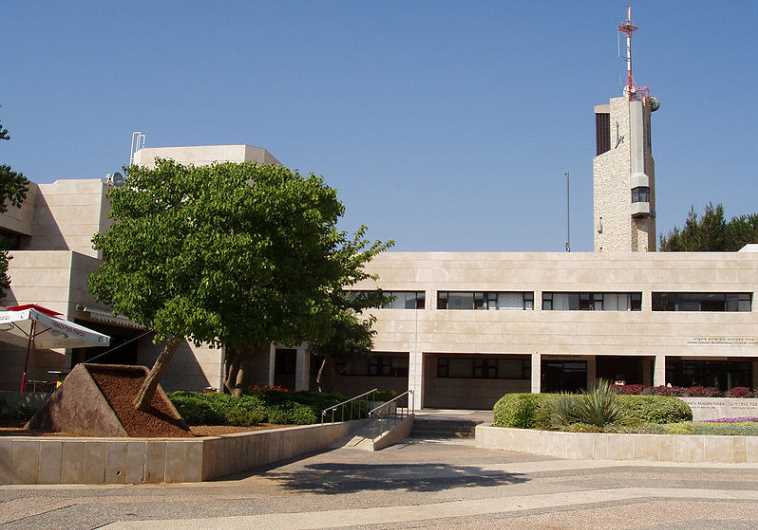New Hebrew University center premises to unlock the mysteries of the brain
The 14,500-sq.-m. center includes state-of-the-art labs, classrooms, an innovative imaging center and areas for biological and preclinical research.
 (photo credit: Wikimedia Commons)Updated:
(photo credit: Wikimedia Commons)Updated: